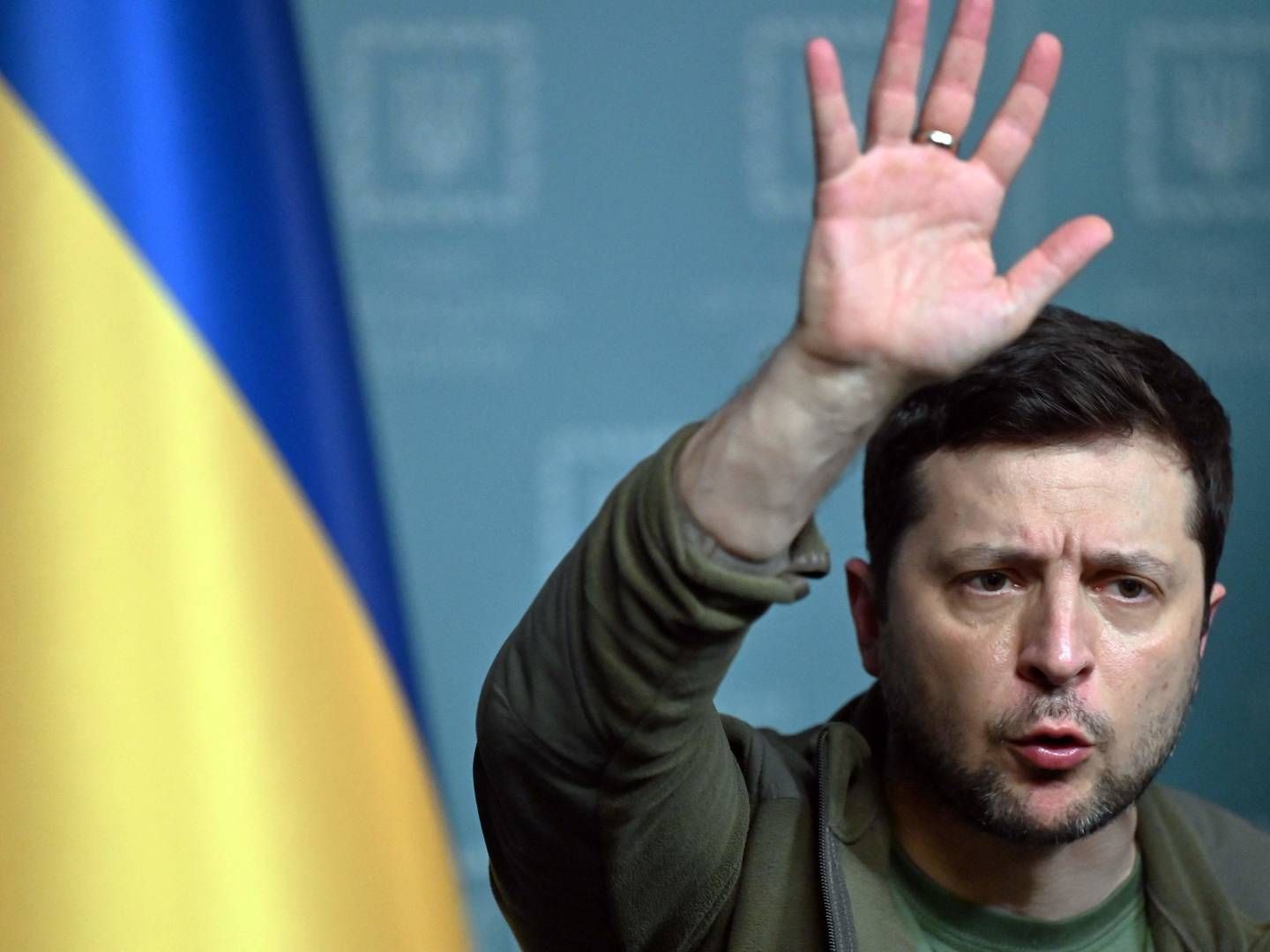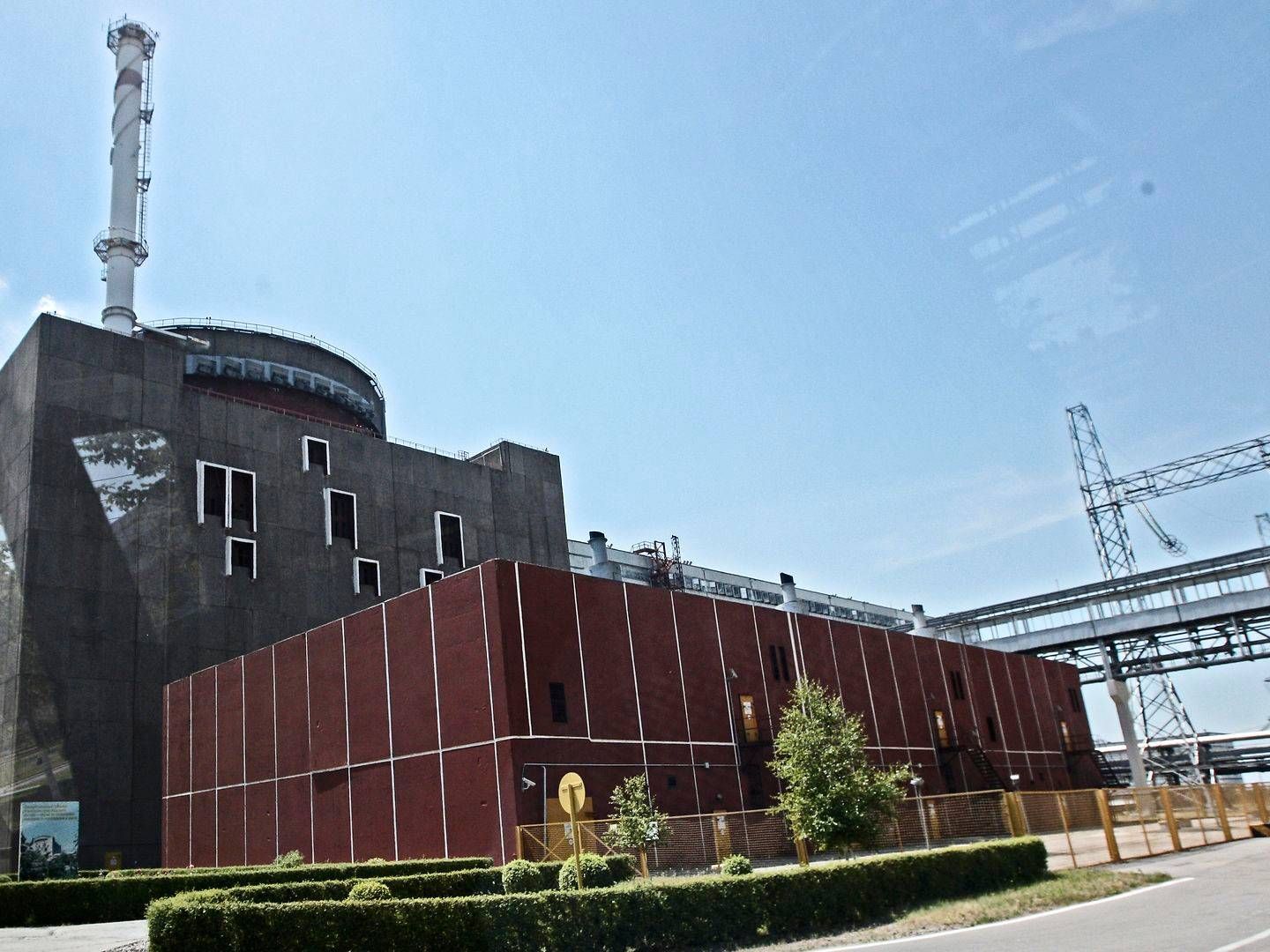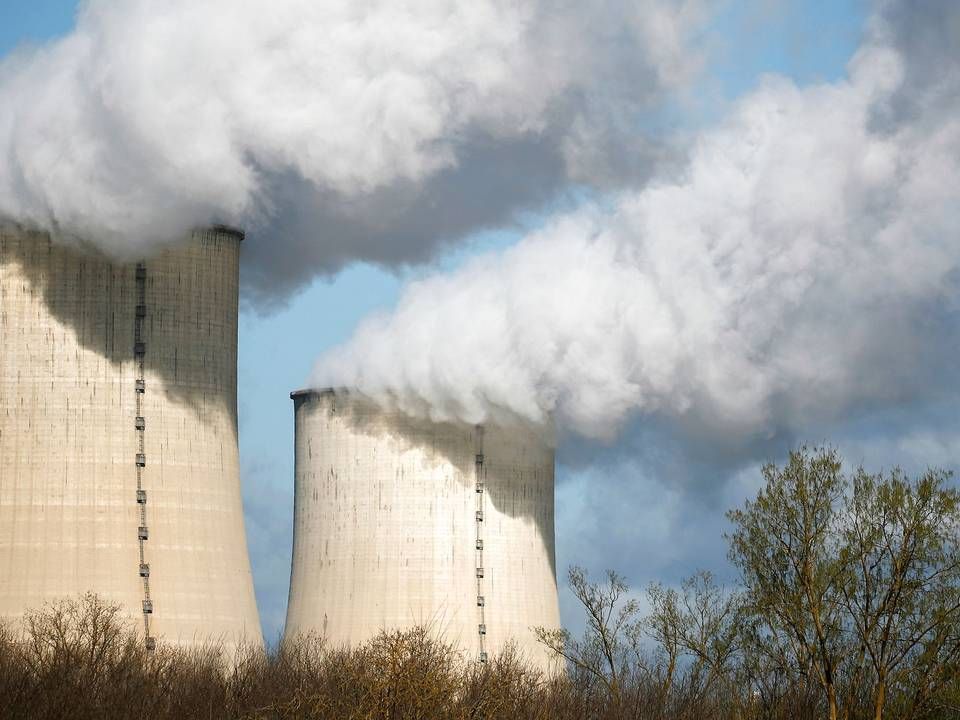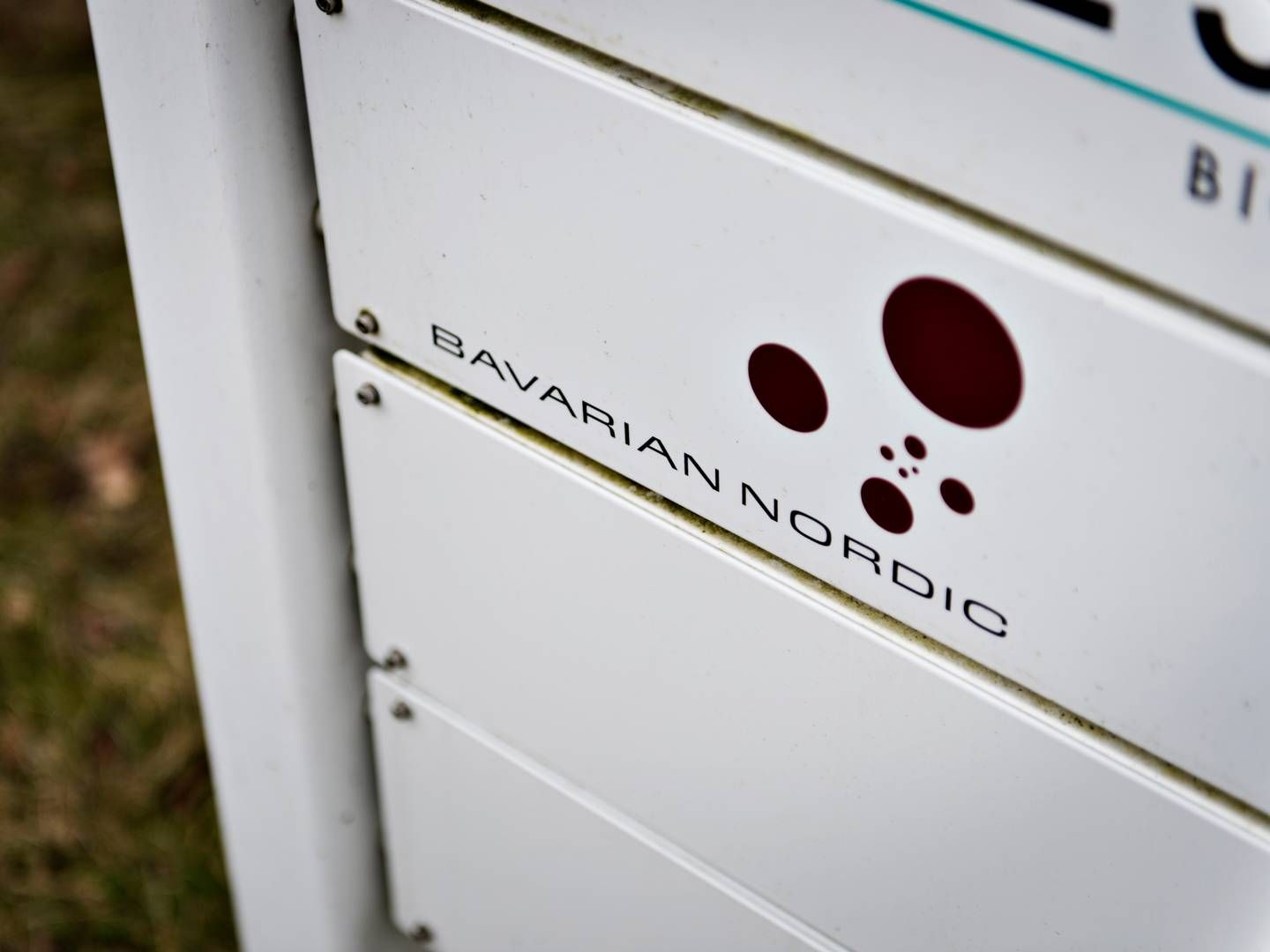Ukraine warns of Chernobyl radiation – IAEA says risk low

A cut power cable leading to Ukraine’s defunct nuclear power plant in Chernobyl prompted officials on Wednesday to warn of potential safety risks.
The 2,600 square kilometer (1,000 mile) Chernobyl exclusion zone, site of the deadly 1986 meltdown, also houses a nuclear-waste facility, where spent fuel from Ukraine’s reactors is encased for safe long-term storage. Operator Energoatom said the power cut could elevate safety risks because the temperature of the spent fuel will gradually rise, potentially resulting in a release of radiation.
The Chernobyl site has emergency diesel-generators with enough fuel to backup critical systems for 48 hours, the national nuclear regulator, the State Inspectorate for Nuclear Regulation of Ukraine, said in a subsequent statement. Fighting outside of the Chernobyl site has complicated repair of the power cable and the loss of electricity is also affecting other towns, the regulator said, adding that it has no telephone communication with staff at the plant.
The age of the nuclear waste at Chernobyl means that it can be safely stored even without power, the International Atomic Energy Agency said March 3. Atomic energy decays over time, resulting in less heat and lower probability of a radiation-safety incident.
"#Ukraine has informed IAEA of power loss at #Chornobyl Nuclear Power Plant, @rafaelmgrossi says development violates key safety pillar on ensuring uninterrupted power supply; in this case IAEA sees no critical impact on safety.
— IAEA - International Atomic Energy Agency (@iaeaorg) March 9, 2022."
“The spent fuel rods stored on the site have been cooled for 22 years,” said Geraldine Thomas of Imperial College London, who researches the long-term health impacts of the Chernobyl accident. “They will not be producing significant amounts of heat, making a release of radiation very unlikely.”
A new storage facility at the Chernobyl site was built in conjunction with Jupiter, Florida-based Holtec International Corp. It was inaugurated in November with the intent of saving Ukraine USD 200 million a year that would be otherwise spent on sending spent fuel to Russia. That so-called Central Spent Fuel Facility had been due to begin receiving fresh waste from nine operating Ukraine reactors this year.
The more immediate concern at Chernobyl is the state of workers who’ve been on duty for 13 straight days, since since Russian forces took over the site.
“I’m deeply concerned about the difficult and stressful situation facing staff at the Chernobyl nuclear power plant and the potential risks this entails for nuclear safety,” IAEA Director General Rafael Mariano Grossi said in a statement. “I call on the forces in effective control of the site to urgently facilitate the safe rotation of personnel there.”
Zelensky accuses Russia of nuclear terrorism
Russian shelling unleashes blaze at Europe's largest nuclear power plant
EU researchers: Nuclear power should count as green investment






















.jpg&w=384&q=75)


